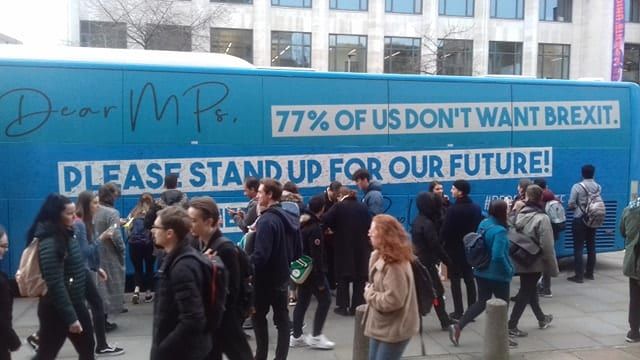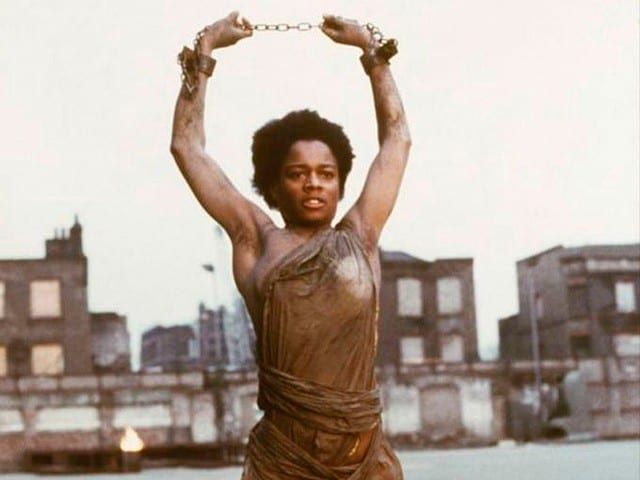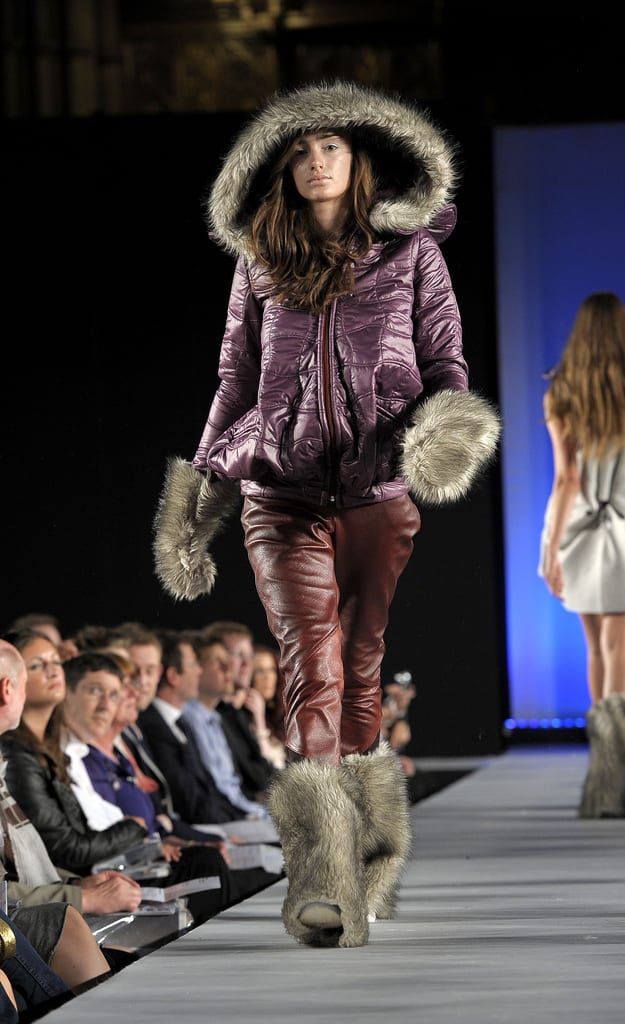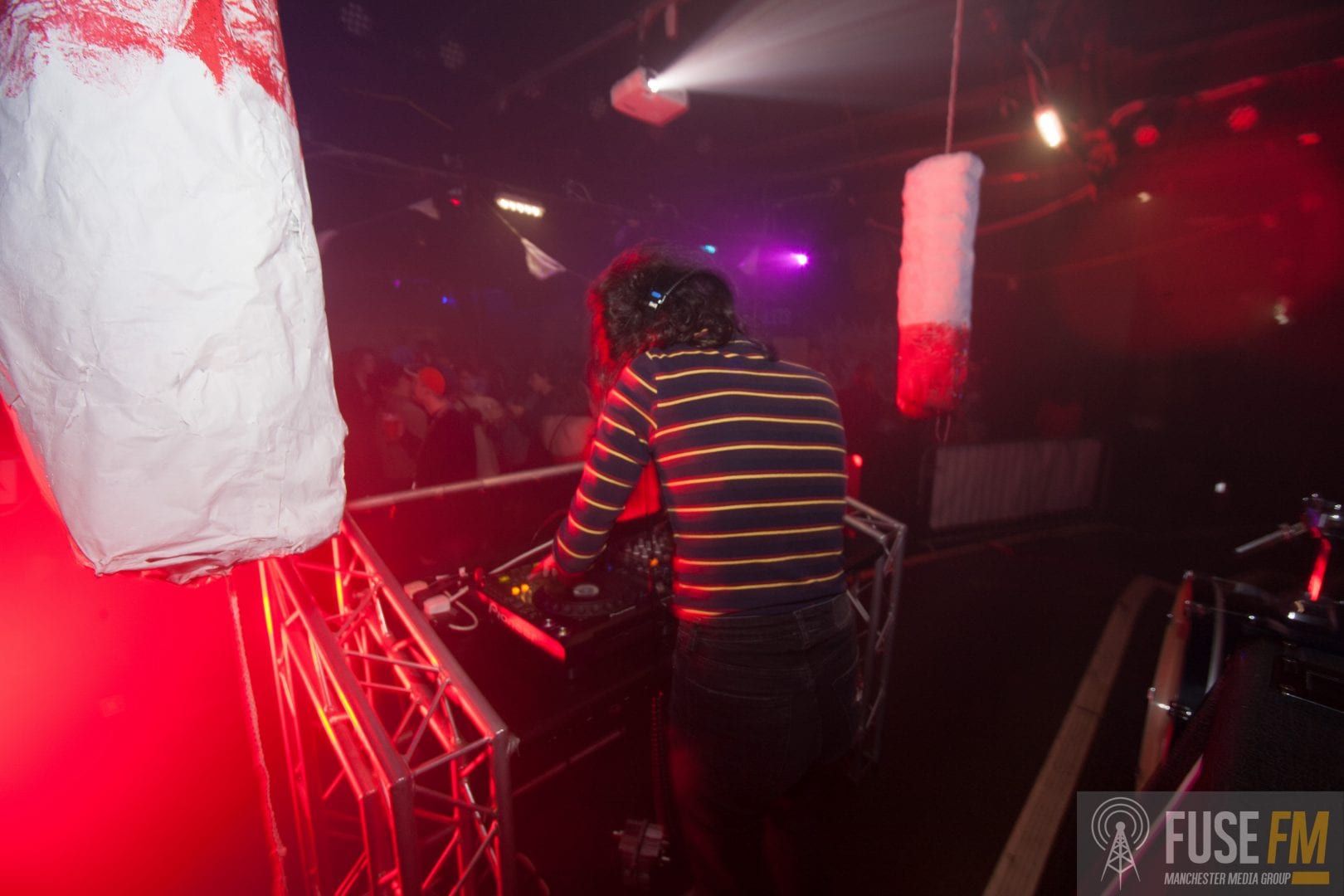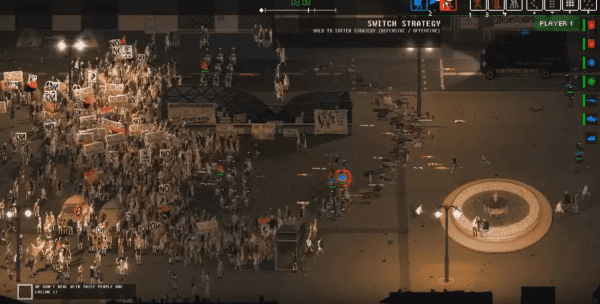For those of you who have found a society that you’re enjoying, you might be thinking of getting more involved in the organisation and running of the group. Societies are what the members make of them, so if you use the time you have at uni to make a society great, this can hugely benefit you and the society itself. If you’re not familiar with the way in which everything works, it can be a little confusing to get your head around how to become more involved in a society, or worse still, to start your own. Here is all the information you need on navigating societies; the committee, the jargon and, most importantly, what you need to do if you want to start a society.
Contrary to popular belief, you don’t need scores of students to start a society. The University of Manchester only requires a President, a Treasurer, a Secretary, and an Inclusions Officer (a 2017 addition) for you to be recognised. So, if you and your three flatmates want to turn those late night deep discussions about Game of Thrones into a weekly GoT social with 20 other people joining the conversation, then you’re on your way! These four roles are what makes up a “Committee”. Each society must have these four essential roles to be officially recognised by the SU.
Societies can have as many roles as they want in the committee, and these will vary according to the needs of the society. Some will only need these four essential members, while others can have more than a dozen extra roles, depending on the size and demands of the society. These can be things like librarians, kit managers for sports societies, socials officers, and anything else that the society might need.
When it comes to who has the authority in a society, some may choose to give each member of the committee equal voting power when decisions have to made. Others may choose to organise themselves with general committee members, more specific roles based on the society’s needs, and then an inner “Executive Committee” made up of the four essential roles who have more deciding power.
Societies who have links with Manchester Metropolitan University also must comply with their SU’s requirements, and so some societies will have members of the respective universities elected for roles set out by both SUs, working together in one committee.
If you’re interested in becoming a committee member, how do you go about it?
Each society holds ‘General Meetings’, which are open to all members of the society. Most societies will hold Ordinary General Meetings (OGMs) throughout the year where the committee members meet to discuss the society, any events that might be taking place, or socials that need to be planned. Annual General Meetings (AGMs) are usually held in April or May, before everyone has left. This is when elections are held for the following year’s committee. The democratic election of committee members is essential, and the minutes and results of the meeting have to be forwarded on to the SU.
The Pirate Society (proof that you really can start any society you want) had trouble a few years ago when they refused to hold elections, as they stated that “democracy was weak and unpirate-like.” As a result, they weren’t officially recognised by the SU, which lead to some real trouble with funding and organisation.
Generally, each member of the committee, including the president, will be elected (or re-elected) from a pool of members who have put themselves forward for the positions. You can’t be elected if you haven’t put your name forward so, don’t worry, your mates can’t force you into a position if you don’t want to be elected. You may also have to present your reasons for running for a position at the AGM, and answer questions from the members as to what you might do in a certain situation or why you want to take on a certain role. Election terms for a committee are between one AGM and the next.
Extraordinary General Meetings are rare and called when there is something special that the whole society needs to vote on, like a committee member quitting and another person needing to be voted in to take their place.
A society’s constitution is another requirement of the SU for the society to be officially recognised. If you’re starting your own society, the SU can provide you with a template for one. The constitution varies from society to society, but it is a document that sets out the intentions of the society and the ways in which decisions will be made. Society constitutions are really interesting documents, and you can find some real gems hidden within the clauses. For example, after the Quidditch Society was reformed in 2014, the newly elected committee rewrote the constitution in a way that was immediately telling that it had been written by a group of private school boys, with roles of “Quartermaster” instead of kit manager, “Squire to the President”, and “Secretariat”. Sections of the constitution might include definitions of what is meant by “member of the society”, the ethos of the society, how elections are run, and the roles of the committee.
When the AGM of your society comes around, you’ll be ready to ask the right questions and get yourself elected. And, if you’ve not yet found one you’re into, maybe now you feel more equipped to start a society of your own! Registration for new societies is closed for the current year, but get yourself ready with a constitution and a committee and apply for registration in the coming year.
You never know, your idea for a society might be what someone else has been looking for!
